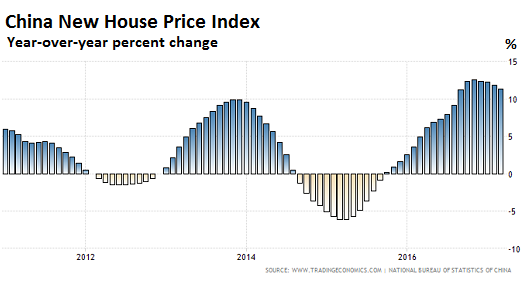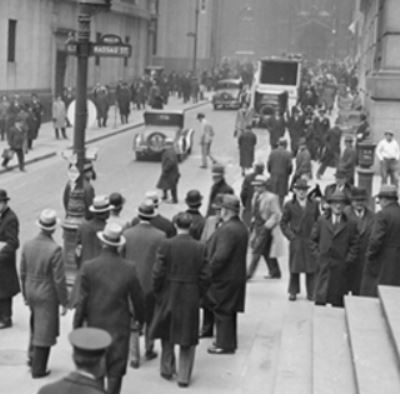This happens several times each year as the central bank’s Federal Open Market Committee gathers to set monetary policy in the Land of the Free.
To be clear, there is no greater power over a nation than having control of its money supply and interest rates.
Think about it: interest rates influence just about EVERYTHING in the economy.
Changes in interest rates influence housing prices, company stock prices, retail sales, food prices, oil prices, and major business purchases.
Interest rates have a significant impact over employment, business investment, inflation, and the currency’s international exchange rate.
Increases in the interest rate even have the power to bring a government to its knees.
This is pretty extraordinary power. And it has been awarded to an unelected committee that has an astonishing track record of getting it wrong.
Former Fed chair Ben Bernanke famously predicted in January 2008 that “the Federal Reserve is currently NOT forecasting a recession.”
It turns out that the recession had officially started one month before in December 2007.
While that’s just one small example, the numbers show that these guys perpetually miss the mark.
In January 2011 the Fed projected 2011 GDP growth would be 3.7%. It turned out to be 2%. So proportionally speaking they were off by 85%.
In January 2012 they predicted 2.5% growth that year. Actual growth in 2012 was 1.6%, so they were ‘only’ off by 56%.
Their 2016 GDP growth forecast was 2.4%, while actual growth was 1.6%, another 50% error.
And just recently for the first quarter of 2017, the Fed’s predictions were 1.2% growth, while actual GDP growth was just 0.7%… a 70%+ overshoot.
Here’s the funny thing– even the Federal Reserve’s own internal study shows that they consistently miss the mark in their projections.
…click on the above link to read the rest of the article…






















